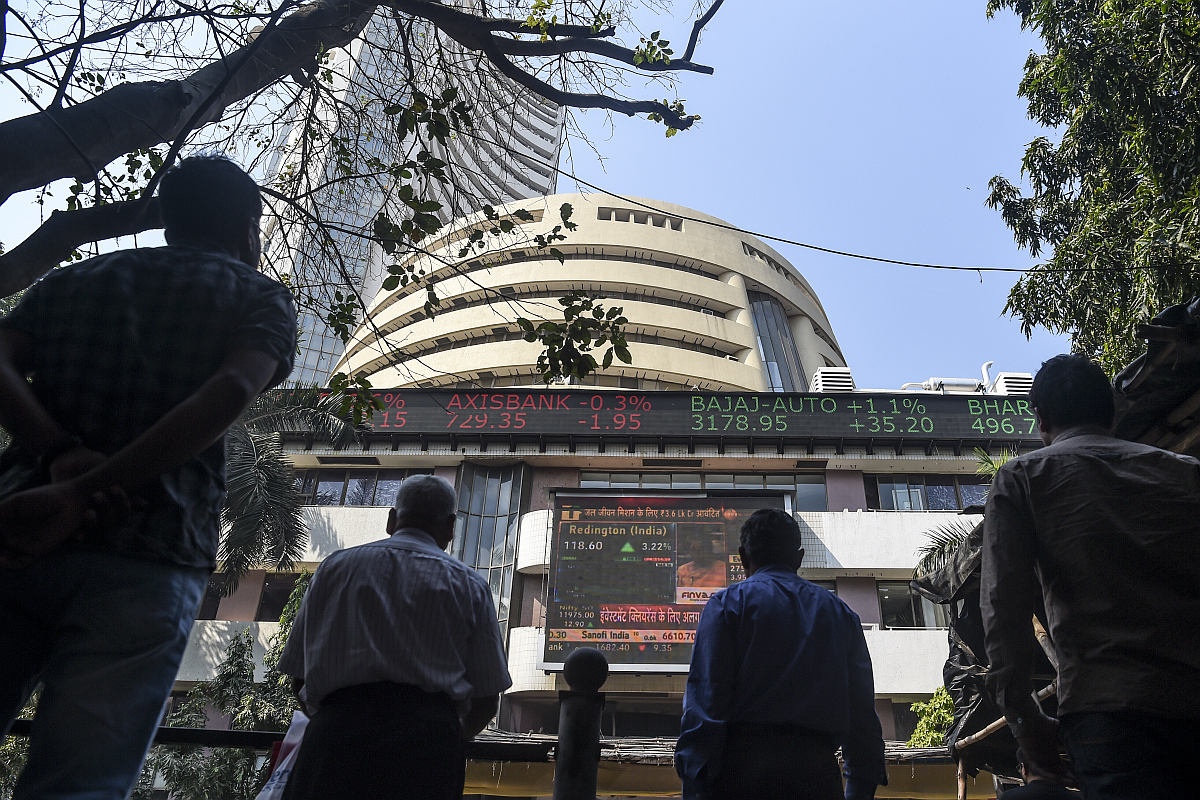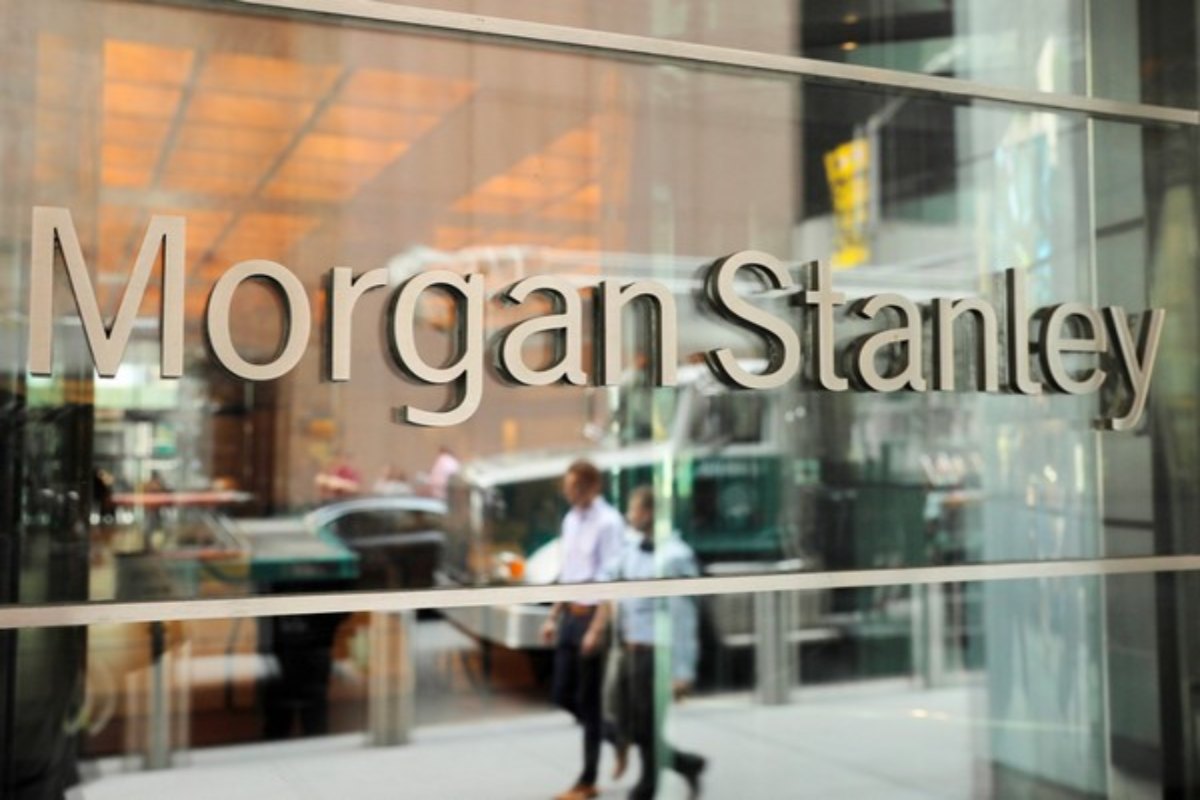Sensex projected to rise 18 pc by end of 2025: Morgan Stanley
In its latest note, the US-headquartered investment bank sees 18 per cent base case upside for the BSE Sensex by the December end.

In its latest note, the US-headquartered investment bank sees 18 per cent base case upside for the BSE Sensex by the December end.

In its report, the rating agency highlighted the 10 big changes, mostly because of India's policy choices, and their implications for its economy and market.

The report titled 'Why This Is India's Decade' looked at the trends and policies shaping the future of India's economy. The four global trends -- demographics, digitalization, decarbonization, and deglobalization are favouring what it termed as New India, the report said. It said India would drive a fifth of global growth through the end of this decade.

India's wholesale price index-based inflation eased to 10.7 per cent in September as against 12.41 per cent recorded in the previous month, as per the government data released on Friday. Despite the decline, Whole Price Index (WPI) based inflation has, however, remained in double digits for the 18th month in a row.

A combination of factors like wider opening, improving labour market and terms of trade for the rural sector will result in rural demand rebound in India, said Morgan Stanley on Wednesday.
Historically, Indian equities have entered bear markets when the US has slipped into recession, foreign brokerage, Morgan Stanley said in a report. The US interest rate cycle and, thus, the US dollar could continue to be a source of volatility for Indian equities in the coming months due to their negative effect on earnings and BoP.
The monetary policy tightening in the US and the subsequent strength in the dollar could continue to be a source of volatility for Indian equities in the coming months, due to their negative effect on earnings and balance of payments, said Morgan Stanley.
Faced with sticky inflation and a continued hawkish stance by various central banks, the Reserve Bank of India is likely to raise repo rates by another 50 basis points with an unchanged policy stance when it meets for the next monetary review, global investment and financial services firm Morgan Stanley said.
RIL's capex will increase investor confidence on the $70 billion value creation pivot in the energy business, Morgan Stanley said while moving RIL's scrip to its top pick category.
Margin profiles for FMCG businesses are superior to that of grocery retailers with gross margins of 40-60 per cent and EBITDA margin of 15-25 per cent versus 15 per cent and 9 per cent, respectively, for DMart.
